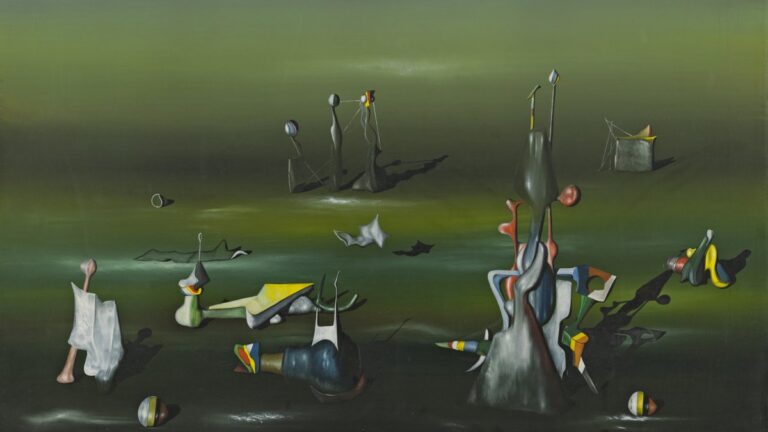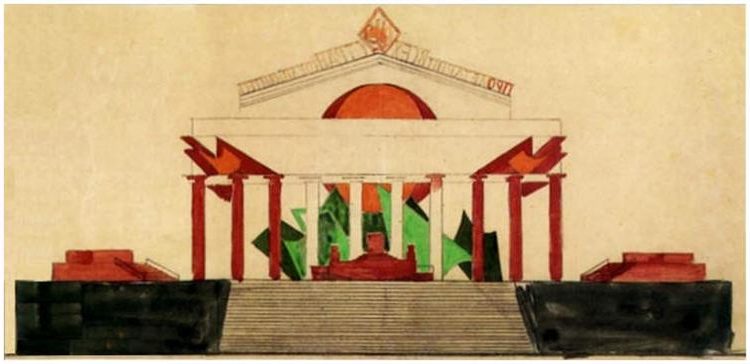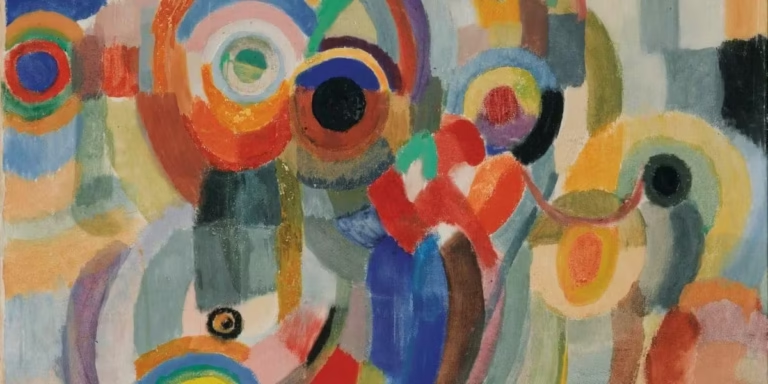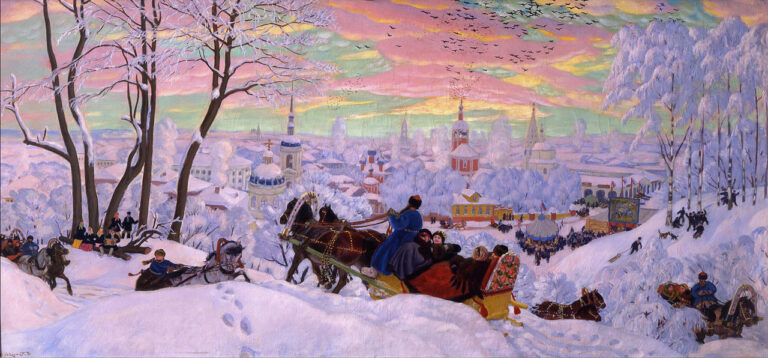Christian Schad: Painter of Neue Sachlichkeit and Verist Portraits
Born: 21 August 1894, Miesbach, German Empire
Death: 25 February 1982, Stuttgart, West Germany
Art Movement: Dada and New Objectivity
Nationality: German
Institution: Munich Art Academy
Christian Schad: Painter of Neue Sachlichkeit and Verist Portraits
Life and Career
Christian Schad was a German painter who lived from 1894 to 1982. He was part of key art movements in the early 20th century, including Dada and New Objectivity.
Early Years in Miesbach and Munich
Christian Schad was born in 1894 in Miesbach, Germany. He came from a wealthy family that supported his artistic interests.
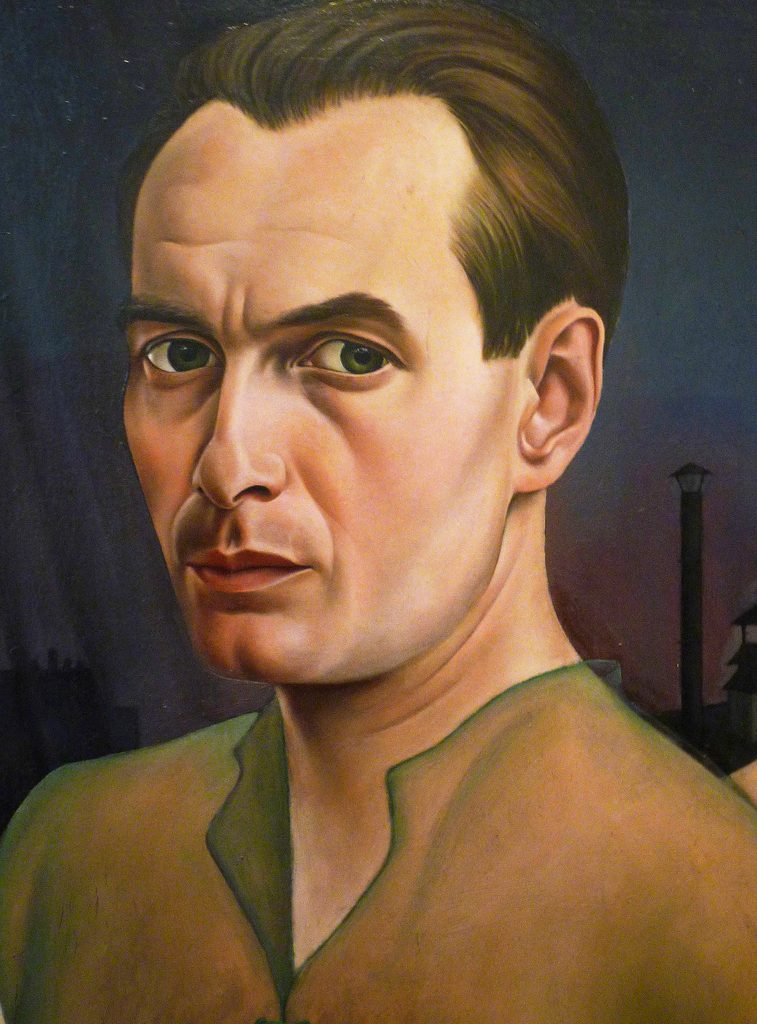

As a child, Schad got to see art from many cultures.
In 1913, Schad started studying at the Munich Art Academy. But he didn’t stay there long. He left to pursue his own path in art.
Influence of World War I and Pacifism
World War I had a big impact on Schad’s life and art. He became a pacifist and moved to Switzerland to avoid being drafted.
This move shaped Schad’s artistic views. He began to reject traditional art styles. Instead, he looked for new ways to express himself through art.
The Dada Movement in Zurich and Berlin
In Switzerland, Schad became part of the Dada movement. Dada was all about breaking rules in art. Schad fit right in with this rebel group.
He made abstract woodcuts and tried new photo techniques. His work from this time was very different from his later paintings.
After the war, Schad moved to Berlin. There, he kept working with the Dadaists for a while.
The New Objectivity Movement
In the 1920s, Schad’s art style changed again. He became part of the New Objectivity movement. This style focused on showing things as they really are.
Schad painted portraits that showed people in a very clear, detailed way. He often painted scenes from life in Berlin and Vienna after World War I.
His work from this time gives us a look at city life in the 1920s. Schad became known for his realistic style and his ability to capture the mood of the times.
Artistic Innovations and Masterworks
Christian Schad pioneered new techniques and created unique works that captured the essence of his time. His innovative approaches to art left a lasting impact on multiple mediums.
Development of Schadographs
Schad invented a revolutionary photographic technique called Schadographs. These cameraless images were made by placing objects on photosensitive paper and exposing them to light. The resulting shadowlike prints had a dream-like quality. Schad’s Schadographs predated Man Ray’s similar “rayographs” by several years.


Schad experimented with various materials to create his Schadographs. He used torn paper, fabric scraps, and small everyday objects.
The abstract shapes and textures produced unique compositions. This technique allowed Schad to explore form and light in new ways.
Portraits and Depictions of Society
Schad’s portraits are known for their precise, almost clinical style. He painted people from all walks of life in 1920s Berlin and Vienna. His subjects included aristocrats, working-class people, and bohemian artists.
These paintings captured the mood and social dynamics of the Weimar era. Schad’s attention to detail was remarkable. He depicted clothing textures, facial features, and backgrounds with photographic accuracy.
Some of Schad’s most famous works include:
- “Self-Portrait” (1927)
- “Two Girls” (1928)
- “Agosta the Pigeon-Chested Man and Rasha the Black Dove” (1929)
Photography and Cameraless Techniques
Beyond Schadographs, Schad explored other photographic methods. He experimented with multiple exposures and manipulated negatives. These techniques created surreal and dream-like images.
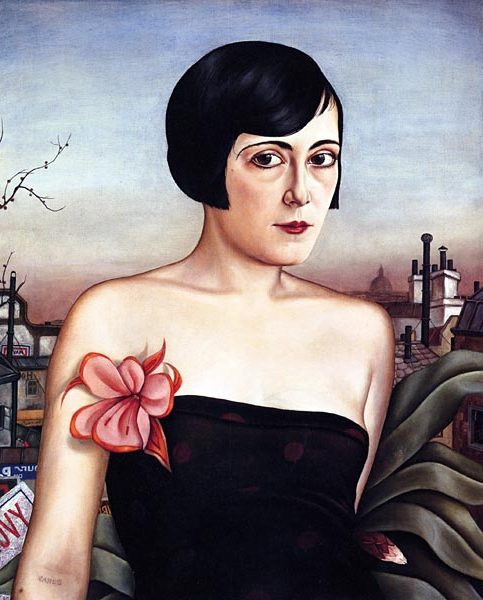

Schad’s work in photography influenced his painting style. His portraits often have a photorealistic quality. He used sharp focus and strong lighting to create a sense of hyperreality in his paintings.
Schad’s innovations in cameraless photography paved the way for future artists. His techniques expanded the possibilities of the medium. Many contemporary photographers still draw inspiration from Schad’s groundbreaking work.
Legacy and Recognition
Christian Schad’s artistic contributions left a lasting mark on 20th century art. His work gained renewed interest in later decades through major exhibitions and museum acquisitions.
Exhibitions and Museum Collections
The Museum of Modern Art in New York featured Schad’s work in its 1936 “Fantastic Art: Dada, Surrealism” exhibition. This early recognition helped establish his place in the Dada movement.
Many top museums now have Schad paintings in their collections. These include the Tate Modern in London and the Pompidou Center in Paris.
Schad’s portraits offer a unique view of 1920s society in Vienna and Berlin. They show aristocrats, lesbians, and prostitutes with unflinching realism.
Art historians value these works as social documents of the era between the World Wars.
The Christian Schad Museum
The Christian Schad Museum opened in 2018 in Aschaffenburg, Germany. It houses the largest collection of Schad’s art.
The museum displays paintings, drawings, and woodcuts from all periods of his career. Visitors can see Schad’s early Dada works and his later New Objectivity portraits. The museum also features his photograms, which he called “Schadographs.” These camera-less photos were an important innovation in avant-garde photography.
Impact on Modern Art
Schad was a key figure in the New Objectivity (Neue Sachlichkeit) movement. This style rejected Expressionism in favor of realism and social critique.
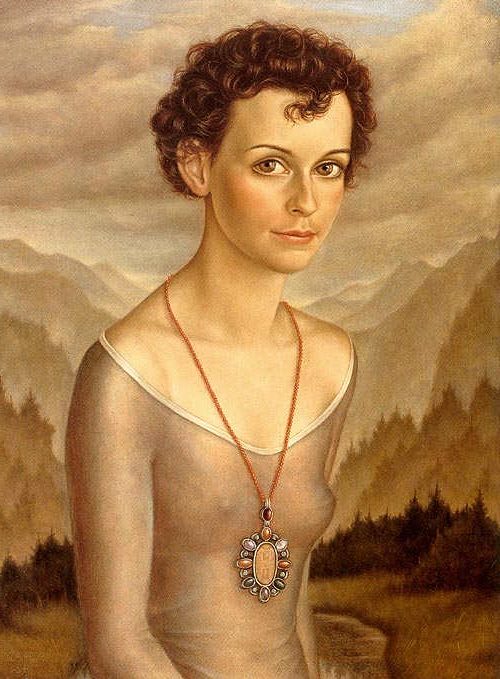
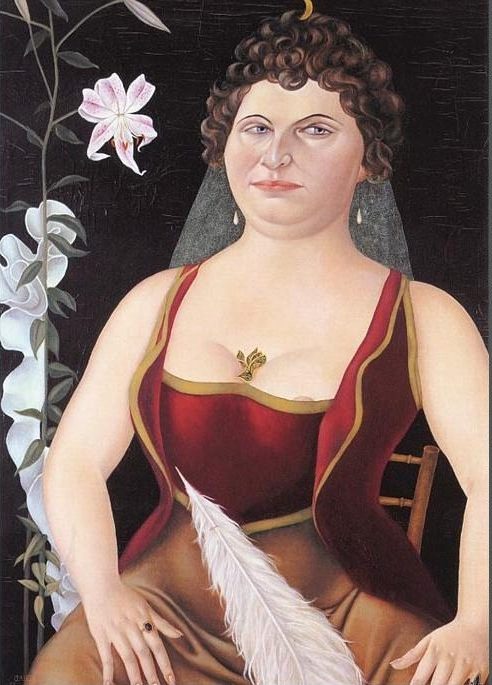
Schad’s precise technique and cool detachment influenced other painters of the 1920s. His portraits captured the mood of Weimar-era Germany with clinical accuracy.
This approach set the stage for later realist and hyper-realist painters. Schad’s work bridges Dada’s absurdism and New Objectivity’s sharp focus on reality.
Art critics note Schad’s skill in depicting fabric and skin textures. His use of light to model forms had a big impact on portrait painting. Today, Schad is seen as a master of 20th century realism.
Frequently Asked Questions
Christian Schad was an important German painter in the early 20th century. His work spanned different artistic movements and used unique techniques.
What artistic movement is Christian Schad commonly associated with?
Christian Schad is most linked to the New Objectivity movement. This style focused on realistic portrayals of people and scenes in 1920s Germany. Schad’s paintings showed the world around him in sharp detail.
How did Christian Schad contribute to the Dada and New Objectivity art movements?
Schad made photograms, which are photos made without a camera. He did this before other famous artists tried it. This fit with Dada ideas about using everyday objects in art.
For New Objectivity, Schad painted very precise portraits. He captured the look and feel of people in Berlin and Vienna after World War I.
Can you name some of Christian Schad’s most significant paintings?
One of Schad’s best-known works is his Self-Portrait from 1927. It shows him bare-chested with a see-through shirt. Another key painting is Count St. Genois d’Anneaucourt from 1927. This portrait has lots of small details that show the count’s personality.
In what ways did Christian Schad’s approach to painting differ from his contemporaries?
Schad used very smooth brushstrokes in his paintings. This made his work look almost like photographs. He paid close attention to tiny details that other artists might ignore.
Schad also picked subjects that showed the mix of people in big cities. He painted both rich and poor people with the same care.
How did Christian Schad’s work influence modern art?
Schad’s photograms inspired later artists to try camera-less photography. His realistic style also helped shape how other painters showed people and city life. Schad’s focus on details and cool, distant feel in his portraits affected later artists too.
What techniques did Christian Schad employ in his portraiture?
Schad used thin layers of paint to make his portraits look smooth. He added small details to show more about the person he was painting.
He also often used bright colors and strong lighting to make his subjects stand out.
Additionally, he liked to paint people from odd angles or in unusual poses. This made his portraits feel modern and different from older styles.



